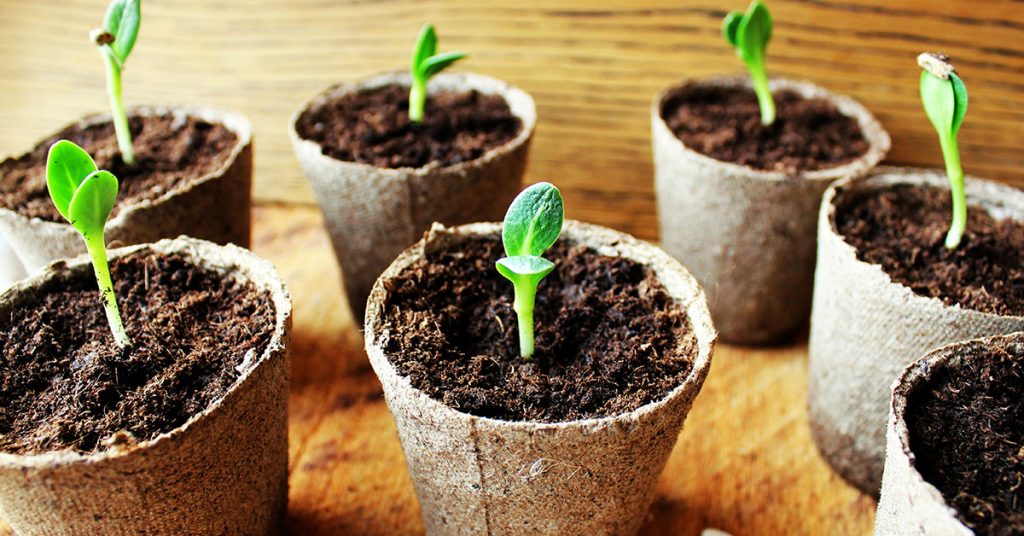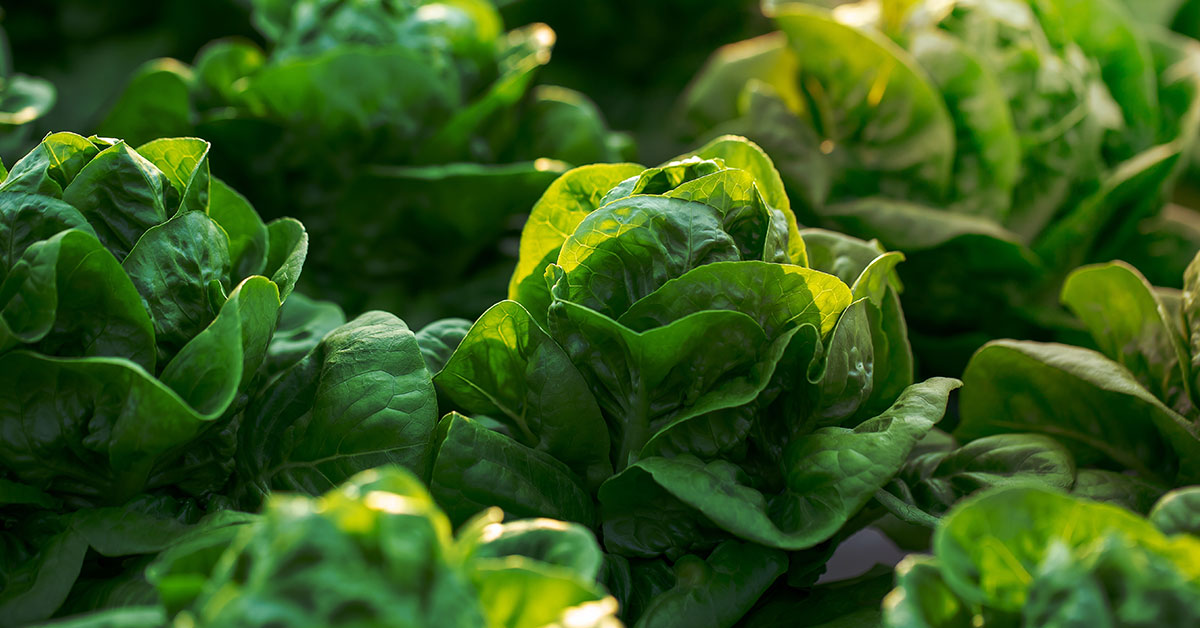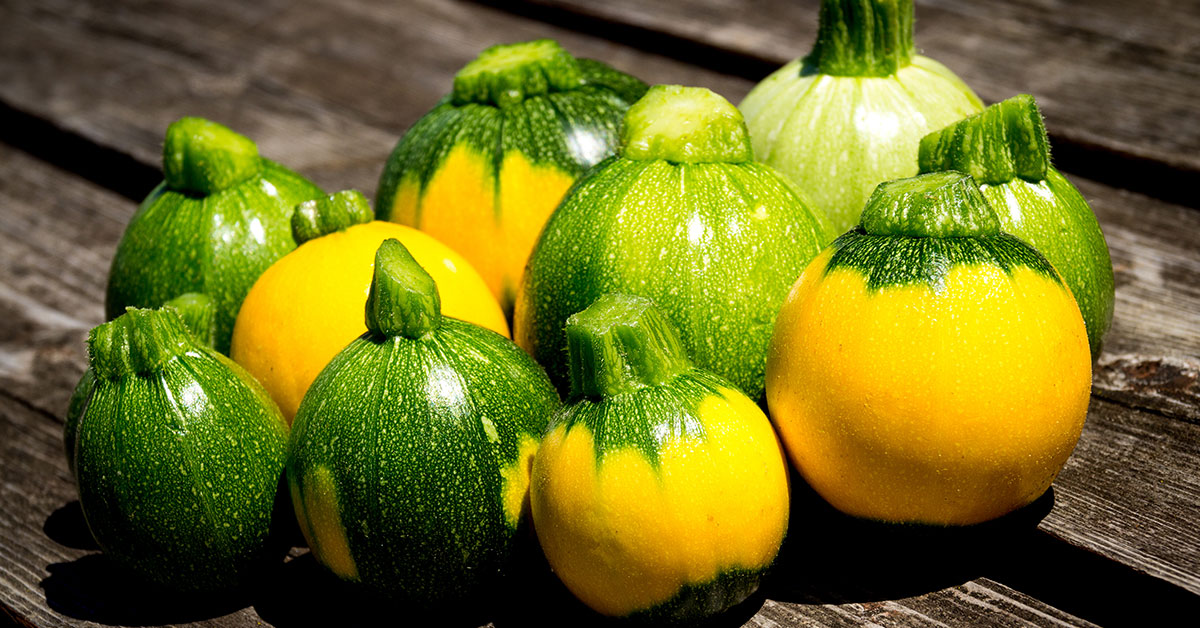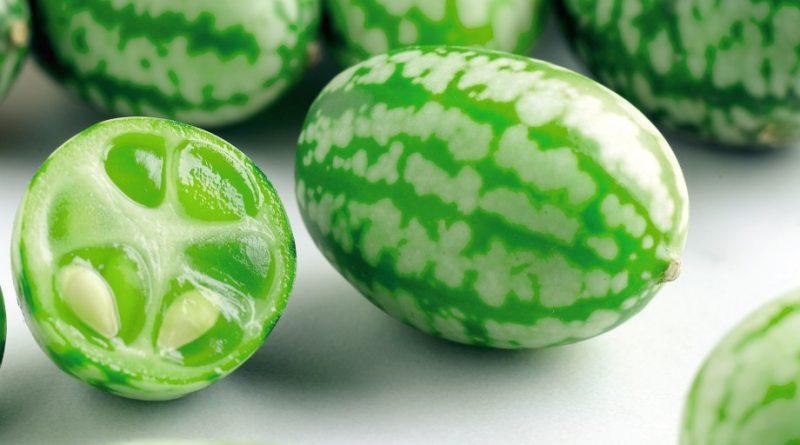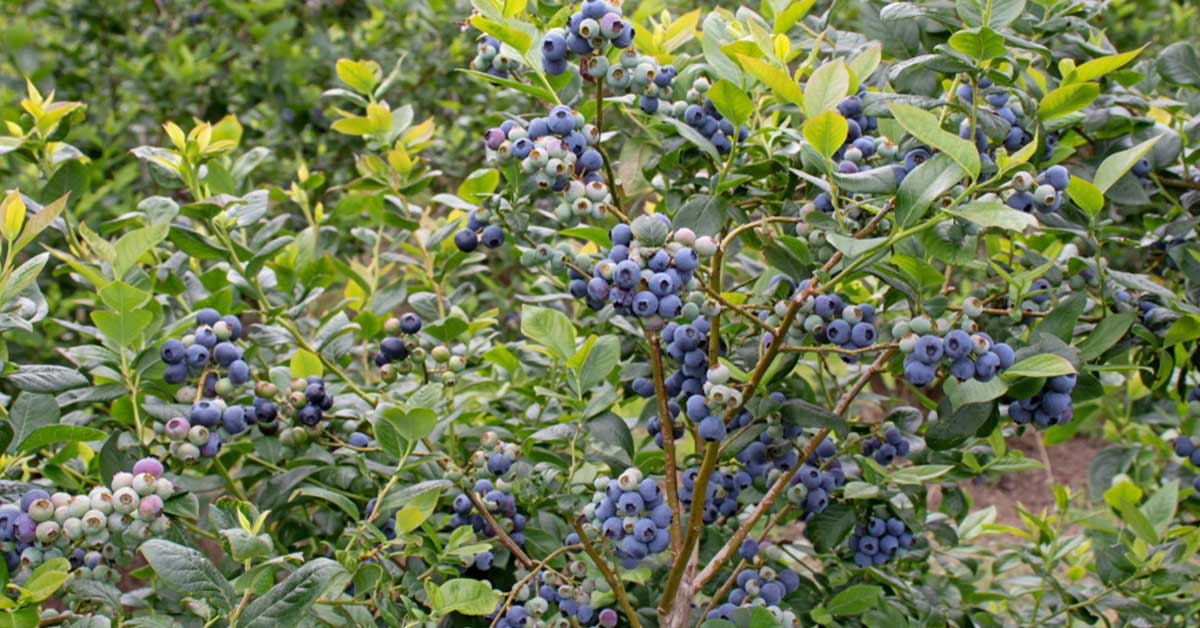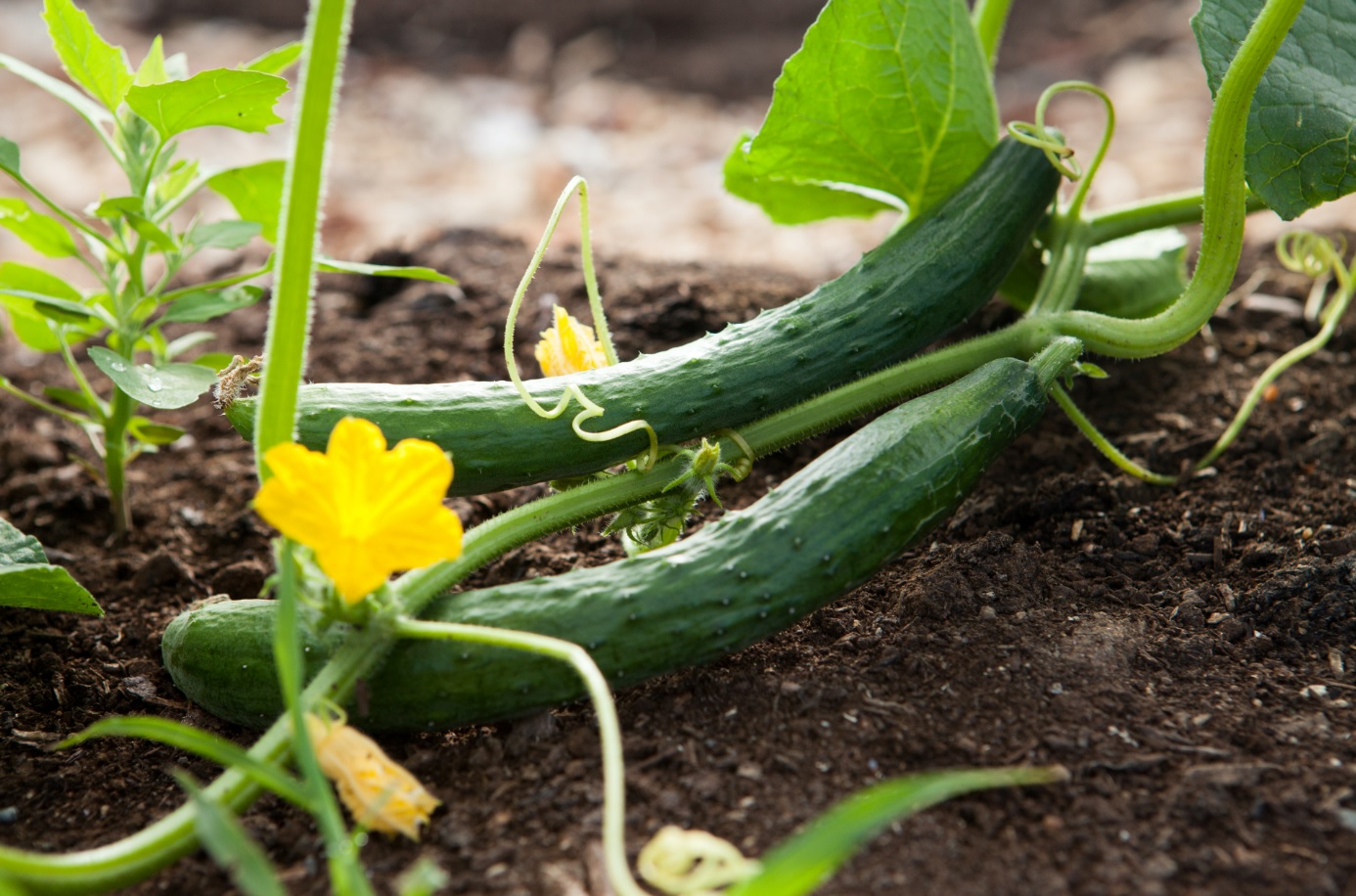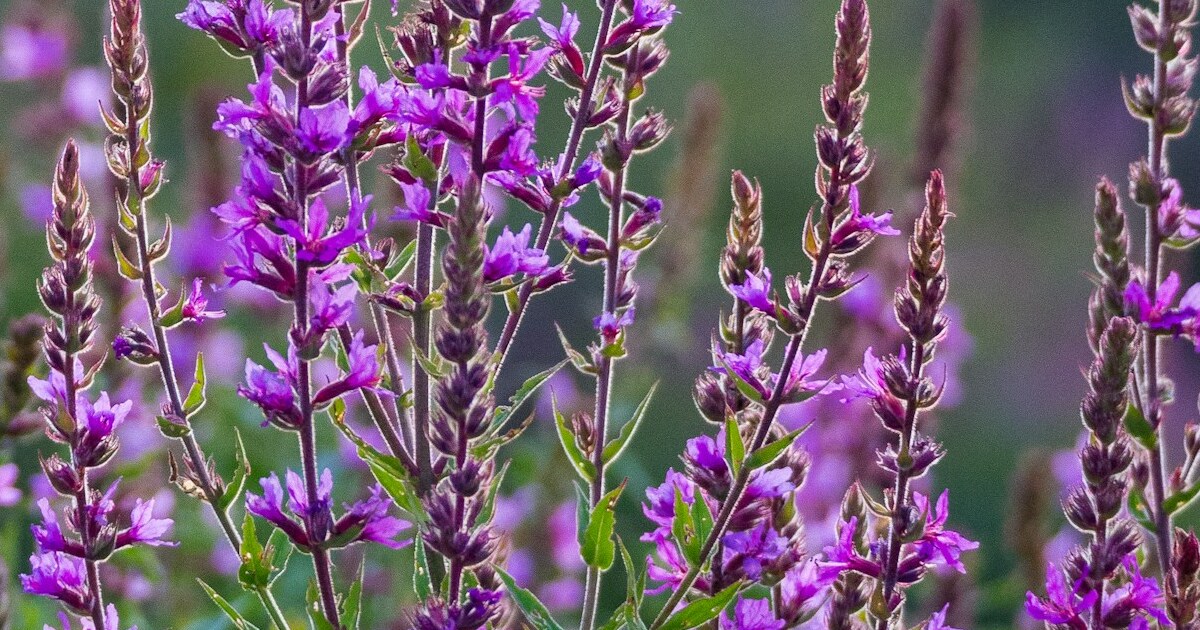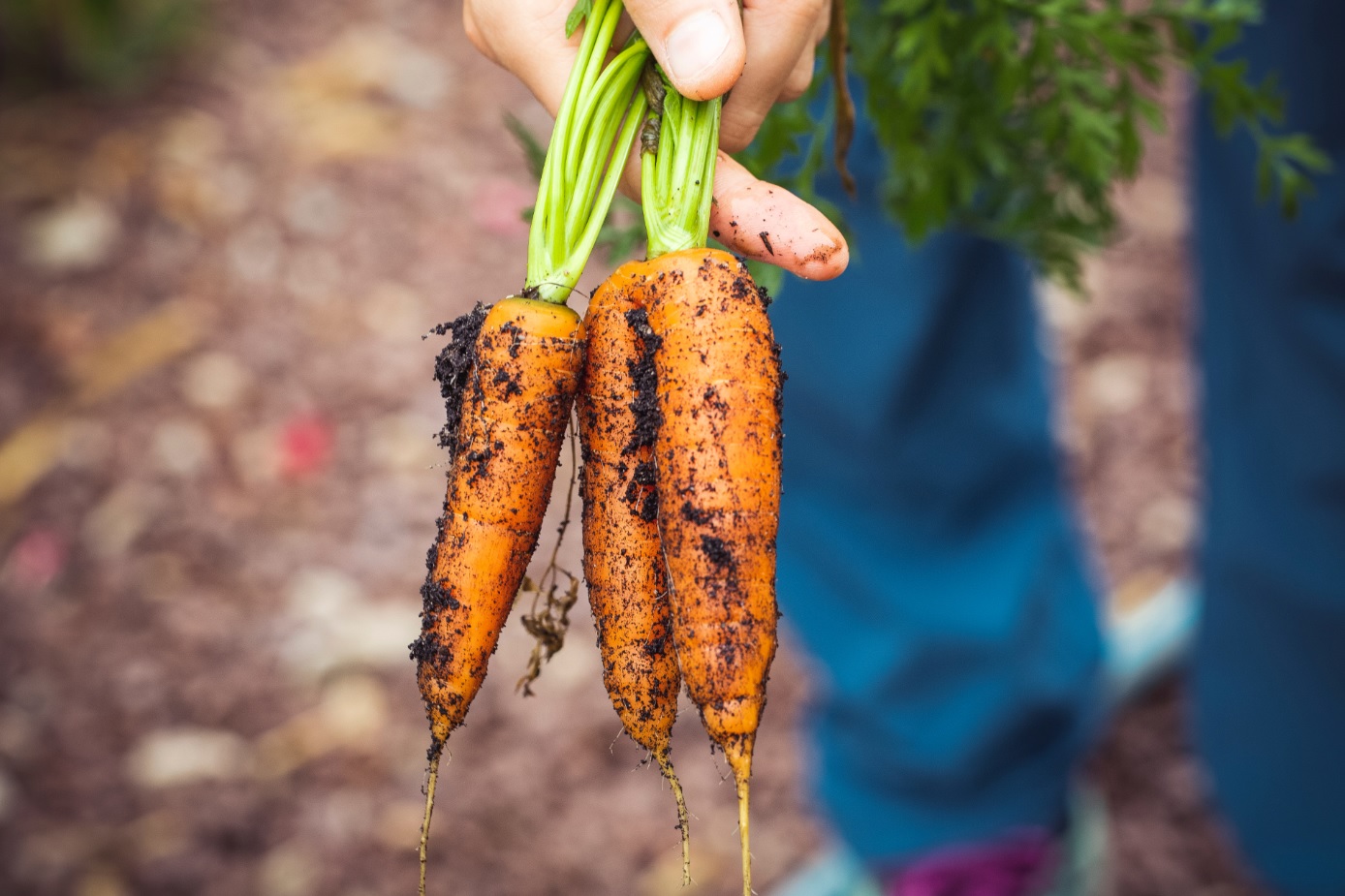Welcome to the world of pumpkin growing, where we delve into the secrets of cultivating the perfect Trick or Treat pumpkin. As Halloween approaches, there is no better time to learn how to grow these iconic orange orbs that bring joy to children and adults alike. Whether you’re a seasoned gardener or a novice with a green thumb, this article will guide you through the process of nurturing your very own Trick or Treat pumpkins.
From selecting the right variety to preparing the soil, providing optimal growing conditions, and dealing with common challenges, we will equip you with the knowledge and techniques needed to grow healthy, vibrant pumpkins that are ready to be carved into spooky masterpieces or transformed into delicious homemade treats. So, let’s roll up our sleeves and embark on this exciting journey of pumpkin cultivation, ensuring a bountiful harvest just in time for Halloween festivities.
What is a Trick or Treat pumpkin?
The Trick or Treat pumpkin, also known as the Jack Be Little pumpkin, is a small-sized pumpkin variety that is perfect for Halloween decorations and crafts. It typically measures around 2-4 inches in diameter and weighs around 4-8 ounces. The pumpkin’s skin is smooth and vibrant orange in color, making it visually appealing for festive displays. Trick or Treat pumpkins are known for their unique shape, resembling miniature versions of traditional pumpkins.
They have a flattened appearance with deep ridges, giving them a distinct and adorable look. These petite pumpkins are often used for table centerpieces, autumn-themed arrangements, and as decorative accents for Halloween parties.
While Trick or Treat pumpkins are primarily used for ornamental purposes, they are also edible. Their flesh is sweet and tender, making them suitable for cooking and baking. They can be roasted, pureed, or used in various recipes, adding a touch of autumn flavor to dishes.
When it comes to growing Trick or Treat pumpkins, they thrive in full sun and well-draining soil. They require regular watering and benefit from the addition of organic matter to the soil. These pumpkins are typically ready for harvest around 90-100 days after planting, making them a relatively quick-growing variety. Overall, Trick or Treat pumpkins are a delightful addition to any Halloween or fall-themed display, offering both aesthetic appeal and culinary potential.
What does a Trick or Treat pumpkin taste like?
Trick or Treat pumpkins are known for their unique flavor profile. They have a rich, sweet taste with hints of nuttiness and earthiness. The flesh is smooth and creamy, making it perfect for both savory and sweet dishes.
When cooked, Trick or Treat pumpkins develop a slightly caramelized flavor, enhancing their natural sweetness. This makes them ideal for baking pumpkin pies, cakes, and breads. The flavor intensifies when combined with warm spices like cinnamon, nutmeg, and cloves.
In savory dishes, Trick or Treat pumpkins add a delicate sweetness and depth to soups, stews, and roasted vegetable medleys. Their flavor pairs well with herbs like thyme, sage, and rosemary, adding a touch of earthiness to the dish.
Overall, Trick or Treat pumpkins offer a well-balanced flavor that is not overly sweet, making them versatile for a wide range of culinary creations.
How to start Trick or Treat pumpkin from seed
Starting Trick or Treat pumpkins is a fun and rewarding process. These pumpkins are specifically bred for Halloween, with vibrant orange color and a perfect size for carving. Here’s a step-by-step guide to help you grow your own Trick or Treat pumpkins:
- Selecting Seeds: Look for reputable seed suppliers or nurseries that offer Trick or Treat pumpkin seeds. Ensure that the seeds are fresh and of good quality.
- Timing: Trick or Treat pumpkins are typically planted in late spring or early summer, depending on your climate. Check the seed packet or consult with a local gardening expert to determine the best planting time for your area.
- Soil Preparation: Choose a sunny location in your garden with well-draining soil. Pumpkins prefer slightly acidic soil with a pH level between 6.0 and 7.5. Prepare the soil by removing any weeds or debris and loosening it with a garden fork or tiller.
- Seed Starting: Trick or Treat pumpkins can be started indoors or directly sown in the garden. If starting indoors, use biodegradable seedling pots or trays filled with seed starting mix. Plant the seeds about 1 inch deep and keep the soil consistently moist. Place the containers in a warm location (around 70°F/21°C) and provide adequate light.
- Transplanting: Once the seedlings have developed a few sets of true leaves and the threat of frost has passed, it’s time to transplant them into the garden. Choose a spot with enough space for the vines to spread, as Trick or Treat pumpkins require ample room to grow. Space the plants about 3-5 feet apart.
- Watering: Pumpkins need regular watering, especially during dry spells. Aim to keep the soil consistently moist but not waterlogged. Water at the base of the plants to avoid wetting the foliage, which can lead to disease.
- Fertilizing: Pumpkins are heavy feeders, so it’s important to provide them with regular nutrients. Before planting, incorporate well-rotted compost or aged manure into the soil. Once the plants start growing, you can apply a balanced organic fertilizer every few weeks according to the package instructions.
- Mulching: Apply a layer of organic mulch, such as straw or wood chips, around the base of the plants. Mulching helps retain soil moisture, suppresses weed growth, and keeps the pumpkins clean by preventing direct contact with the soil.
- Pest and Disease Control: Keep an eye out for common pumpkin pests like aphids, squash bugs, and cucumber beetles. Regularly inspect the plants and take appropriate measures, such as handpicking or using organic insecticides, to control infestations. Additionally, prevent fungal diseases by providing good air circulation, avoiding overhead watering, and applying organic fungicides if necessary.
- Harvesting: Trick or Treat pumpkins are usually ready for harvest around 90-110 days after planting, depending on the specific variety. The pumpkins should have a deep orange color and a hard rind. Use a sharp knife or pruning shears to cut the stem, leaving about 2-3 inches attached to the pumpkin. Store the harvested pumpkins in a cool, dry place until you’re ready to carve or decorate them for Halloween.
By following these steps, you’ll be on your way to growing beautiful Trick or Treat pumpkins that will add a festive touch to your Halloween celebrations. Happy gardening!
When to plant Trick or Treat pumpkin outdoors
The ideal time to plant Trick or Treat pumpkins is in late spring or early summer, when the soil temperature has reached a consistent 60-65°F (15-18°C). This typically occurs when all chances of frost have passed and the weather is consistently warm. Planting too early can lead to poor germination and growth, while planting too late may result in a shorter growing season and smaller pumpkins.
Growing & care guide
Trick or Treat pumpkins, also known as Jack-o’-lantern pumpkins, are a popular choice for Halloween decorations. To ensure healthy growth and a vibrant orange color, it’s important to follow some best practices for caring for these pumpkins. Here are some tips:
- Choosing the right location: Trick or Treat pumpkins require full sun exposure, so select a location in your garden that receives at least 6-8 hours of direct sunlight each day. Ensure the area has well-draining soil to prevent waterlogging.
- Preparing the soil: Before planting, prepare the soil by loosening it with a garden fork or tiller. Incorporate organic matter like compost or well-rotted manure to improve soil fertility and drainage. This will provide a good foundation for the pumpkin plants.
- Planting the seeds: Sow the Trick or Treat pumpkin seeds directly into the garden after the last frost date in your area. Create small mounds or hills about 2-3 feet apart to provide good drainage. Plant 2-3 seeds per mound, about an inch deep. Once the seedlings emerge, thin them to one per mound, choosing the healthiest plant.
- Watering: Pumpkins need consistent moisture, especially during the flowering and fruiting stages. Water deeply, ensuring the soil is evenly moist but not waterlogged. Avoid overhead watering, as it can promote diseases. Consider using a drip irrigation system or soaker hose to water at the base of the plants.
- Fertilizing: Trick or Treat pumpkins are heavy feeders, so regular fertilization is crucial. Apply a balanced, slow-release fertilizer at planting time and follow up with additional applications every 3-4 weeks throughout the growing season. Alternatively, you can use organic fertilizers like compost or well-rotted manure.
- Mulching: Apply a layer of organic mulch, such as straw or shredded leaves, around the base of the plants. Mulching helps retain soil moisture, suppresses weed growth, and regulates soil temperature. It also prevents the pumpkins from sitting directly on the soil, reducing the risk of rot.
- Pollination: Pumpkins require pollination to set fruit. Bees and other pollinators are essential for this process. To attract them, plant flowers nearby or consider placing a shallow dish of water with pebbles in the garden to provide a water source for them.
- Pest and disease control: Keep an eye out for common pumpkin pests like squash bugs, cucumber beetles, and powdery mildew. Regularly inspect the plants and take appropriate measures, such as handpicking pests or using organic insecticides. Proper spacing and good air circulation can help prevent diseases.
- Harvesting: Trick or Treat pumpkins are typically ready for harvest around 75-100 days after planting, depending on the variety. The pumpkins should have a deep orange color and a hard rind. Use a sharp knife or pruning shears to cut the stem about 2-3 inches above the pumpkin. Leave a small portion of the stem intact to prolong their shelf life.
By following these best practices, you can ensure healthy growth and vibrant Trick or Treat pumpkins that will be perfect for Halloween decorations and carving. Happy gardening!
Harvesting guide
Trick or Treat pumpkins, also known as Jack-o’-lantern pumpkins, are a popular choice for Halloween decorations. Here’s a guide on when and how to harvest them:
- Timing: Trick or Treat pumpkins typically take around 90-120 days to mature from the time of planting. The exact timing may vary depending on the specific variety and growing conditions. To determine when to harvest, check the seed packet or consult the information provided by the seed supplier for an estimated harvest date.
- Color and appearance: The pumpkins are ready for harvest when they have reached their full size and have a deep, consistent orange color. The skin should be hard and tough, indicating that the pumpkin has fully matured.
- Tendril drying: Another way to determine if the pumpkin is ready for harvest is by observing the tendrils near the stem. As the pumpkin matures, the tendrils will start to dry up and turn brown. When about two-thirds of the tendrils have dried, it’s a good indication that the pumpkin is ripe.
- Stem attachment: Before harvesting, check the stem attachment of the pumpkin. The stem should be dry and slightly shriveled. Gently press your thumb against the stem near the pumpkin; if it feels firm and doesn’t easily give way, it’s a sign that the pumpkin is ready to be harvested.
- Harvesting: To harvest the Trick or Treat pumpkin, use a sharp knife or pruning shears to cut the stem, leaving about 3-4 inches attached to the pumpkin. Avoid pulling or twisting the pumpkin off the vine, as this can damage the stem and increase the risk of rotting.
- Curing: After harvesting, it’s essential to cure the pumpkins to improve their shelf life and prevent rotting. Place the pumpkins in a warm and dry location, such as a sunny windowsill or a well-ventilated room, for about 10-14 days. This process allows the skin to harden and any minor cuts or bruises to heal.
- Storage: Once cured, store the Trick or Treat pumpkins in a cool and dry place with good air circulation. Avoid stacking them on top of each other, as this can lead to bruising. Properly stored pumpkins can last for several months, allowing you to enjoy them throughout the Halloween season.
Remember, it’s always best to follow the specific instructions provided by the seed supplier or consult with local gardening experts for the best results in your specific growing region.
